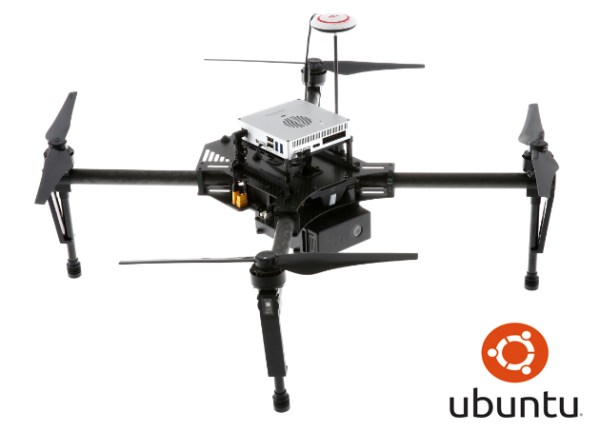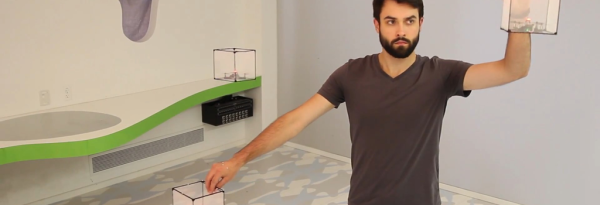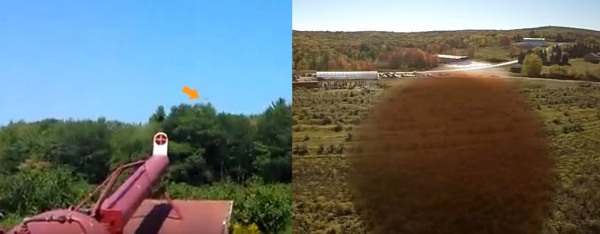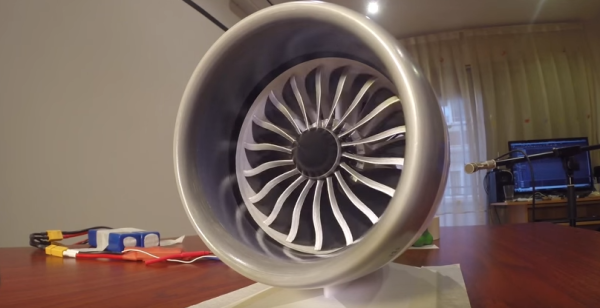[DJI], everyone’s favorite — but very expensive — drone company just announced the Manifold — an extremely capable high performance embedded computer for the future of aerial platforms. And guess what? It runs Ubuntu.
The unit features a quad-core ARM Cortex A-15 processor with an NVIDIA Keplar-based GPU and runs Canonical’s Ubuntu OS with support for CUDA, OpenCV and ROS. The best part is it is compatible with third-party sensors allowing developers to really expand a drone’s toolkit. The benefit of having such a powerful computer on board means you can collect and analyze data in one shot, rather than relaying the raw output down to your control hub.
And because of the added processing power and the zippy GPU, drones using this device will have new artificial intelligence applications available, like machine-learning and computer vision — Yeah, drones are going to be able to recognize and track people; it’s only a matter of time.
We wonder what this will mean for FAA regulations…






 What sets this apart from other jet models is the working reverse thrust system. [Harcoreta] painstakingly modeled the cascade reverse thrust setup on the 787/GEnx-1B combo. He then engineered a way to make it actually work using radio controlled plane components. Two servos drive threaded rods. The rods move the rear engine cowling, exposing the reverse thrust ducts. The servos also drive a complex series of linkages. These linkages actuate cascade vanes which close off the fan exhaust. The air driven by the fan has nowhere to go but out the reverse thrust ducts. [Harcoreta’s] videos do a much better job of explaining how all the parts work together.
What sets this apart from other jet models is the working reverse thrust system. [Harcoreta] painstakingly modeled the cascade reverse thrust setup on the 787/GEnx-1B combo. He then engineered a way to make it actually work using radio controlled plane components. Two servos drive threaded rods. The rods move the rear engine cowling, exposing the reverse thrust ducts. The servos also drive a complex series of linkages. These linkages actuate cascade vanes which close off the fan exhaust. The air driven by the fan has nowhere to go but out the reverse thrust ducts. [Harcoreta’s] videos do a much better job of explaining how all the parts work together.










